In a new patent discovered on Tuesday, Apple details a flexible mobile device screen that deforms to reveal buttons hidden beneath its surface, accepts sound and pressure input and provides haptic feedback.
As awarded by the U.S. Patent and Trademark Office, Apple's U.S Patent No. 8,816,977 for "Electronic devices with flexible displays" incorporates one or more flexible display layers overlaid atop actuators, buttons, switches, sliders, speakers, microphones and more.
In some embodiments, the system combines a flexible display layer, such as a compatible OLED substrate, with a similarly flexible capacitive touchscreen layer, which is then covered by a flexible or rigid cover. As the assembly is flexible, users can interact with components installed beneath.
According to one example, buttons or other control structures receive input from a user's finger or other object as it pushes onto the display, thus deforming it and transferring force onto a sensor. Certain systems can extend the device's active screen area by replacing external controls — like an iPhone's home button — with internal counterparts.
Since the display is flexible, components positioned beneath can create an interactive raised structure that serves as a user input. When force is applied, the display deforms and activates the internal button, dome switch or other sensor before returning to its natural shape.
Alternatively, internal actuators can be made to press upward against the flexible layers to create temporary ridges, points or other shapes on the display surface, with each region made active or inactive to user input. For example, ridges can be used to outline a grid pattern corresponding to an onscreen keyboard.
Another implementation would include passive raised structures that force users to deform the display in order to reach an active sensor or switch. This use case lets operators "feel" for a button on the display without looking at the phone or activating a command prematurely.
Sound and localized vibrations, also known as haptics, are also good candidates for the technology, as speakers, microphones and vibration motors can be placed in key positions for dynamic feedback to user input. In some cases, the flexible display itself serves as an input module integrated into a microphone or pressure-sensing component.
For example, a simple coil and magnet speaker can drive a diaphragm integrated with a device display to output sound through the screen. Alternatively, vibrations captured by the display's large surface may be transmitted to the diaphragm and into the coil to induce a current, thereby creating an input signal. Additionally, a laser microphone can monitor minute vibrations on the screen coming from external sound waves, translating movement into audio input.
Apple notes the technology could be employed in devices such as the iPhone or iPad where space is at a premium, affording a larger input surface by moving physical controls beneath the display. Additionally, the layout would provide space for additional interactive elements like speakers, microphones and pressure sensors.
Along with added screen real estate, the invention would also serve to protect sensitive internal components from dust and debris as environmental exposure is kept to a minimum.
In a final embodiment, Apple describes how an actuator placed beneath a MacBook's touchpad could be used to lift the top cover away from the chassis for easier opening, an alternate take on the erstwhile magnetic latch seen in Apple's older model laptops.
It is unknown if Apple plans to employ flexible display technology in a future device, though the next-generation iPhone models anticipated for launch next month are not expected to boast such features. The company is consistently growing its advanced display IP portfolio, however, possibly signaling research into a more interactive and tactile user experience.
Apple's flexible display patent was first filed for in June 2011 and credits Fletcher R. Rothkopf, Scott A. Myers and Stephen Lynch as its inventors.
 Mikey Campbell
Mikey Campbell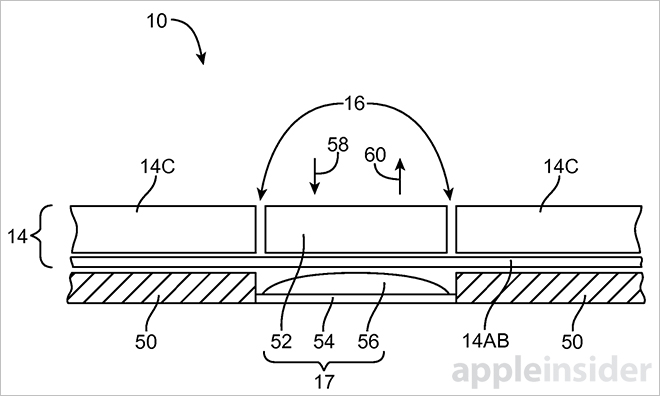
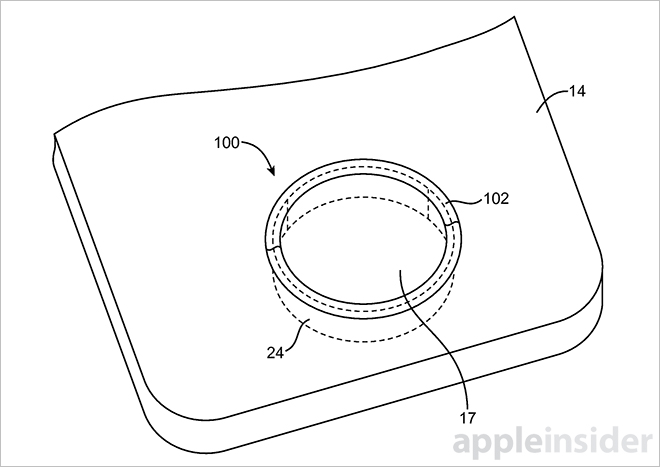


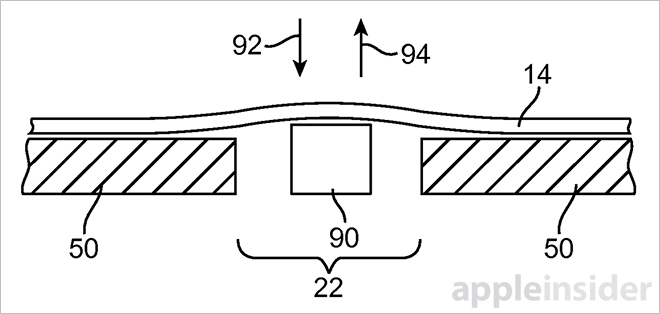



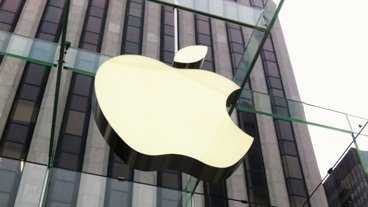


-m.jpg)






 Amber Neely
Amber Neely
 William Gallagher
William Gallagher
 Andrew Orr
Andrew Orr
 Andrew O'Hara
Andrew O'Hara
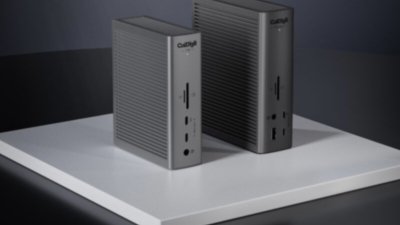


 Mike Wuerthele
Mike Wuerthele









31 Comments
Hello full-screen iPhone 7 - goodbye homebutton :)
[quote name="pixelworks" url="/t/181974/apple-patent-embeds-physical-iphone-control-feedback-components-beneath-flexible-display#post_2584455"]Hello full-screen iPhone 7 - goodbye homebutton :)[/quote] I can't wait. Physical buttons are a failure waiting to happen.
Cool. Looking forward to a pop-up keyboard coming to the new 13" iPad this autumn.
And how flexible is sapphire in this application?
I could see that working.